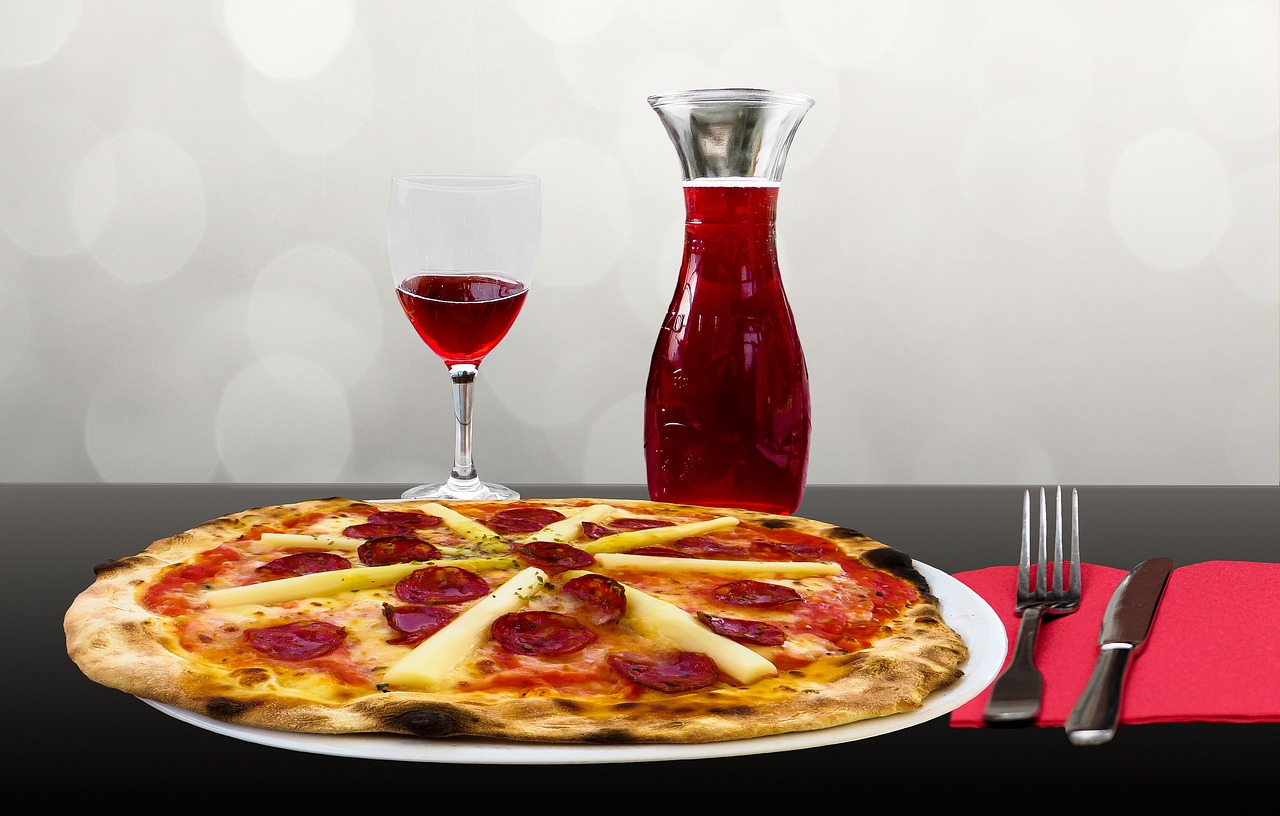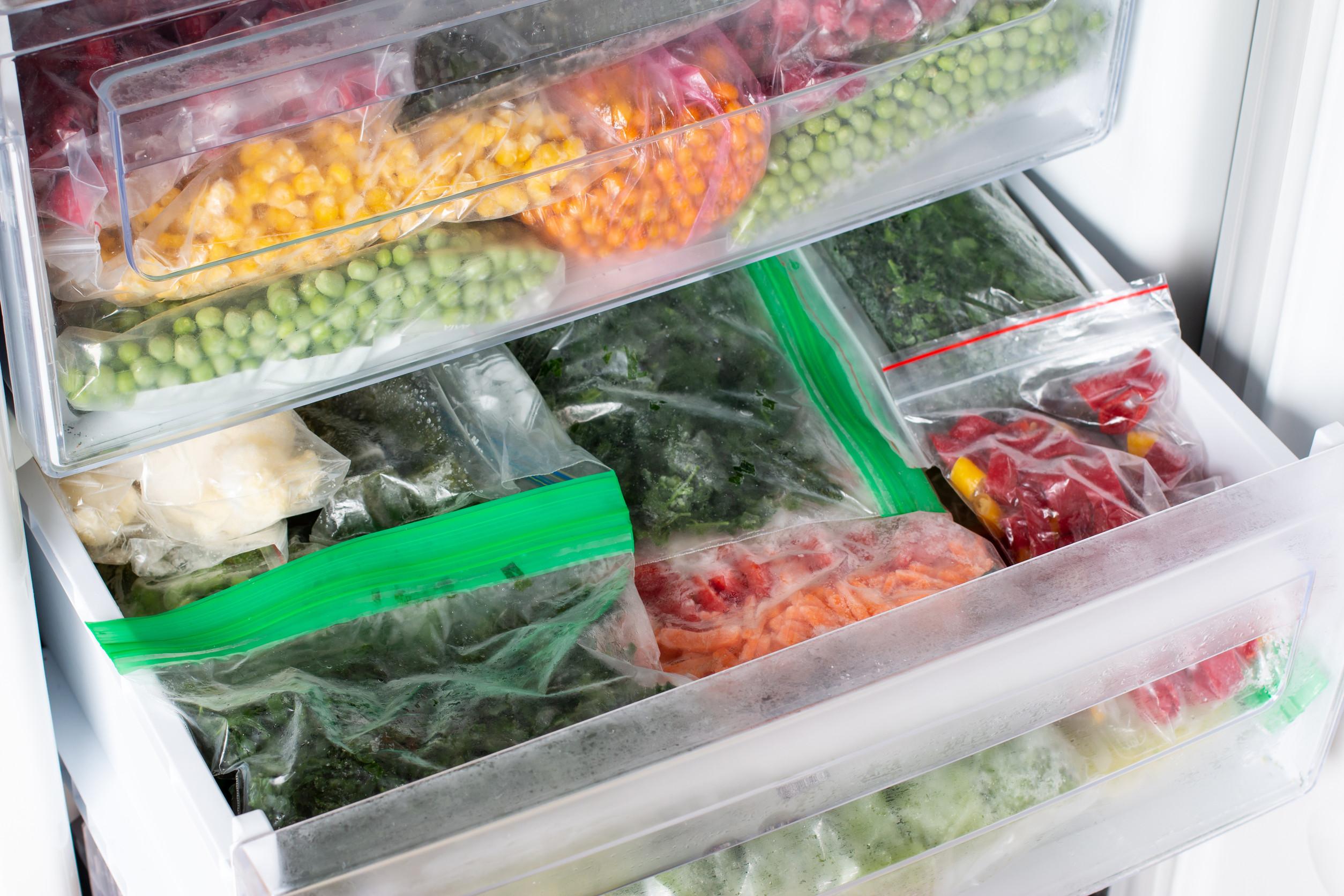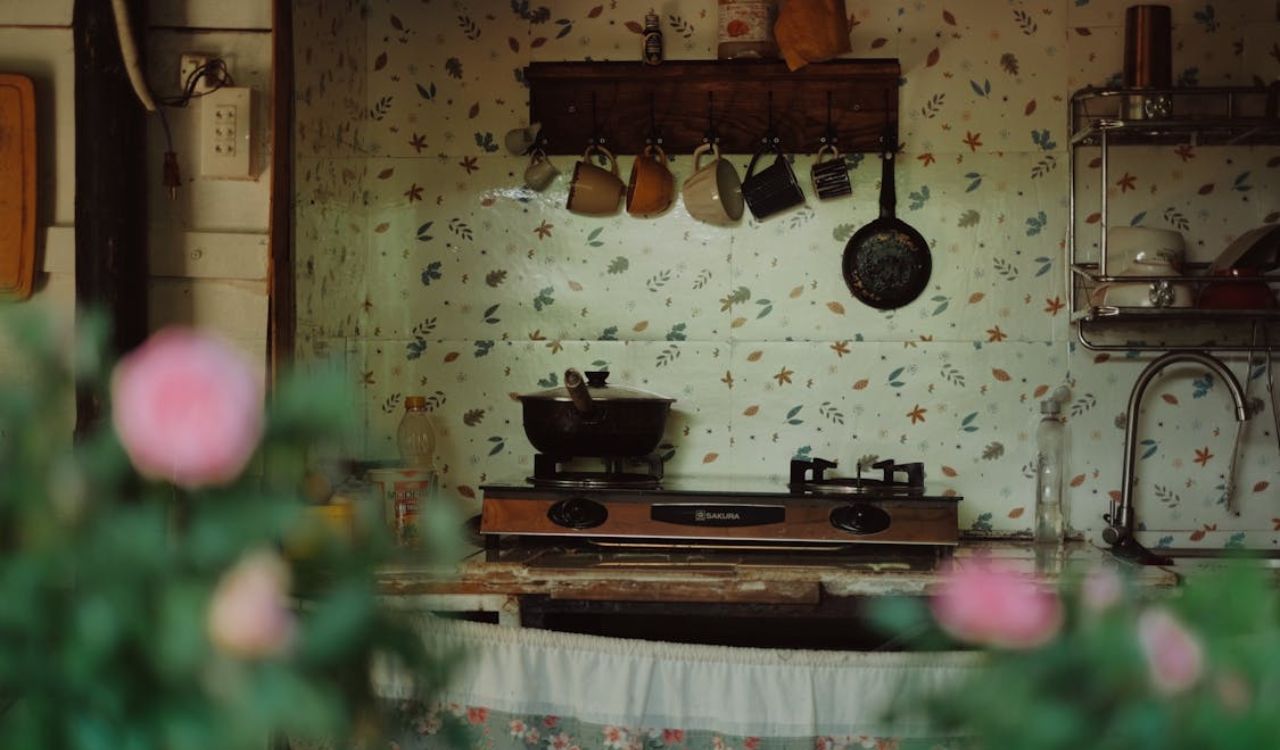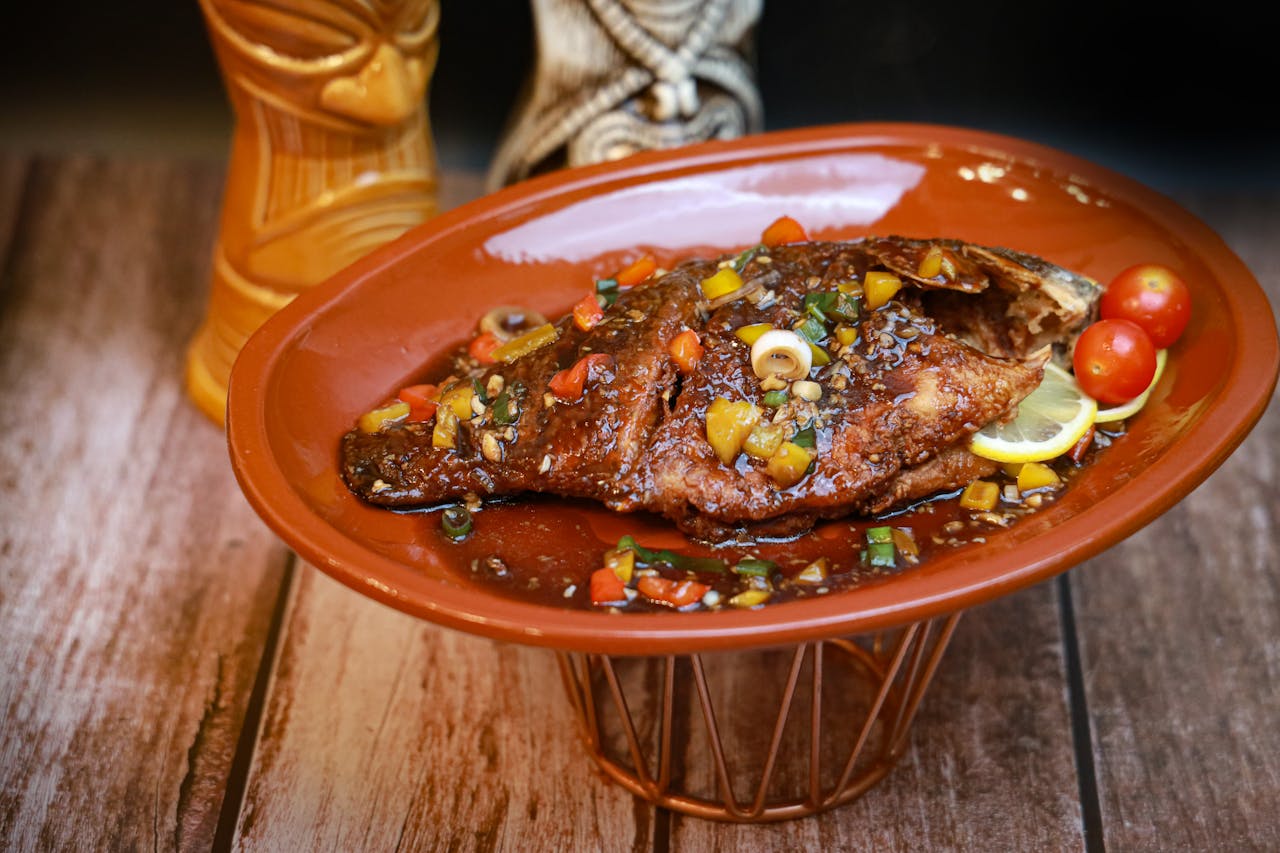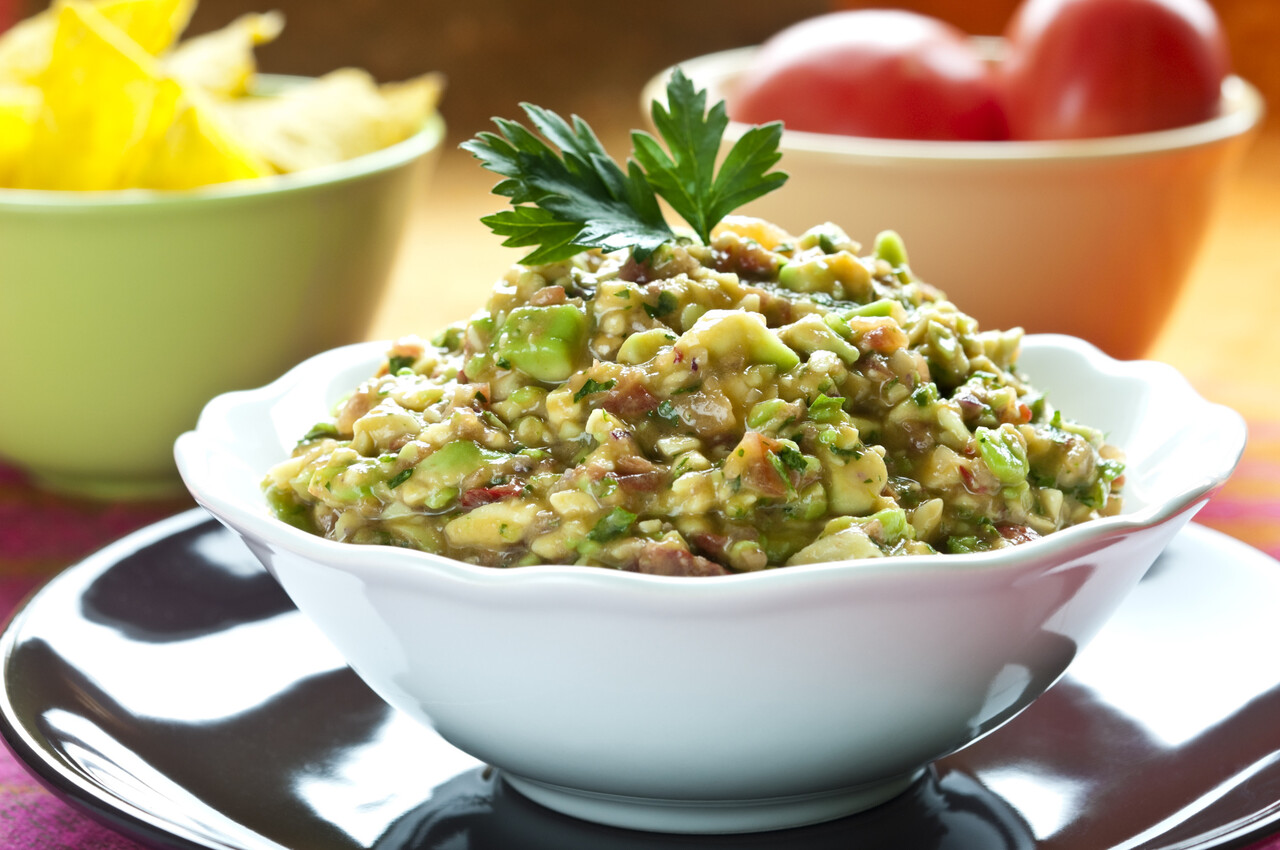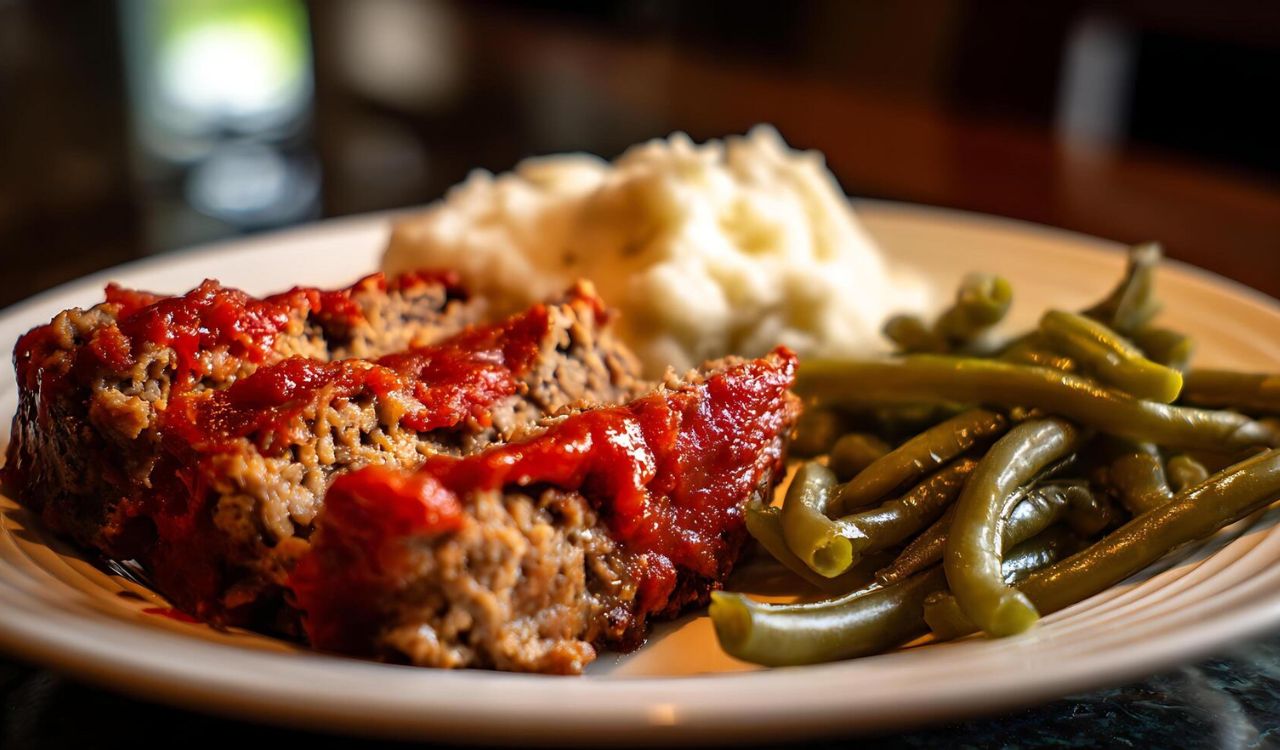10 of the World’s Most Expensive Teas Worth Knowing About
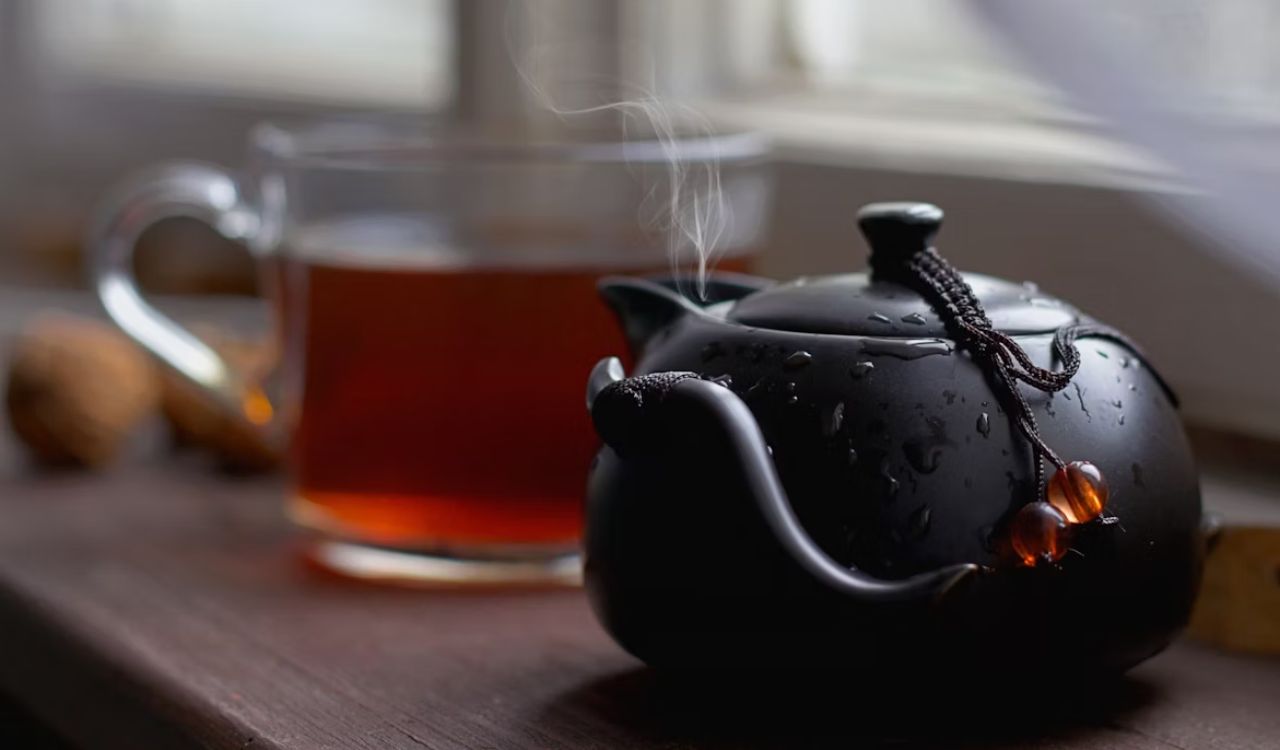
Tea has captivated people for centuries, symbolizing both comfort and sophistication. While many enjoy affordable daily brews, some teas are so rare and refined that they command astonishing prices. Their high value often comes from labor-intensive harvesting methods, unique growing regions, or centuries-old plants that produce limited yields. These teas are not just beverages but cultural treasures, often auctioned for thousands of dollars per kilogram. From gold-coated buds to aged cakes that rival fine wine, here are ten of the most expensive teas in the world and what makes them truly special.
1. Da Hong Pao (China)
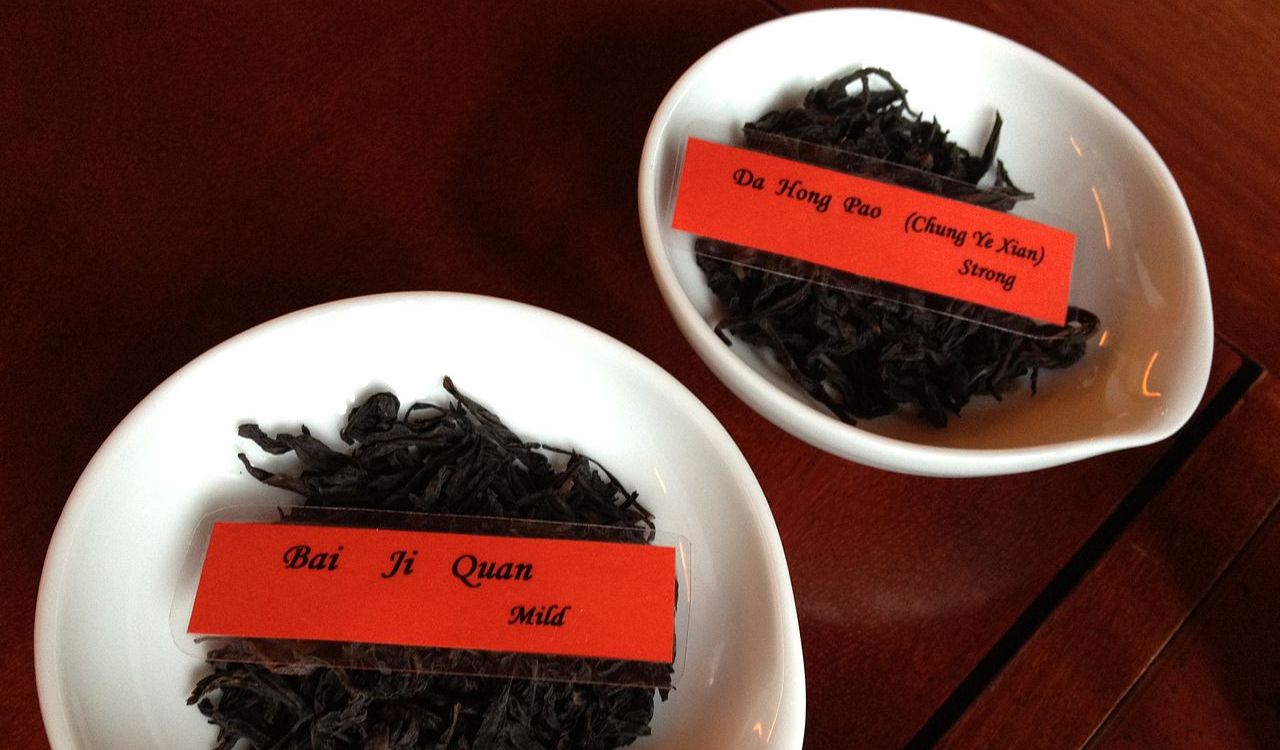
Da Hong Pao, or “Big Red Robe,” is one of the rarest and most revered teas in the world. Grown in the Wuyi Mountains of Fujian, China, it is a heavily oxidized oolong with deep, roasted notes and floral undertones. The original mother bushes are several centuries old and are considered national treasures. In 2002, a small batch from these bushes sold for over $1 million per kilogram at auction. Modern cultivated versions remain expensive because of the meticulous roasting process and the historical prestige tied to its royal heritage.
2. Tieguanyin (China)
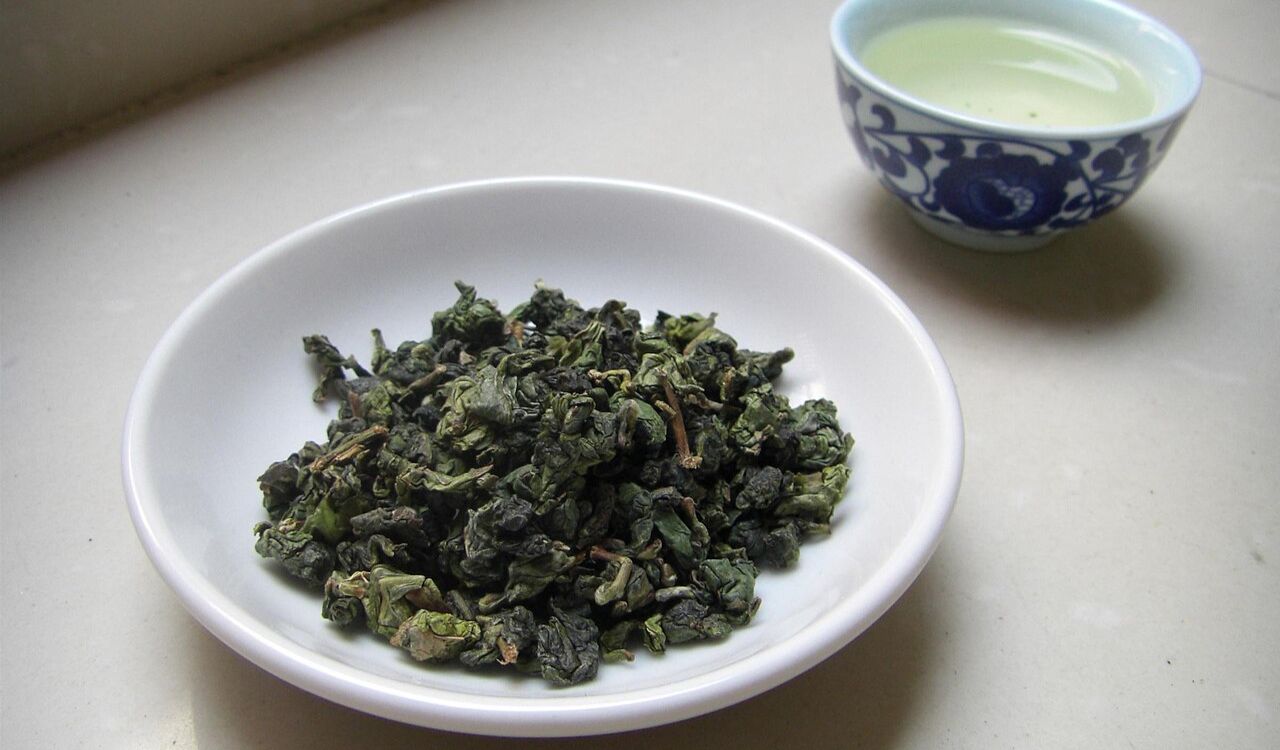
Tieguanyin, known as the “Iron Goddess of Mercy,” is a premium oolong tea that originates from Anxi in Fujian province. It combines the delicate aroma of green tea with the rich depth of black tea. The finest leaves are hand-picked, carefully rolled, and repeatedly roasted to achieve their signature floral scent and creamy texture. High-grade varieties can cost over $500 per kilogram, depending on freshness and quality. Its balance of sweetness and fragrance, along with its spiritual roots in Chinese Buddhist culture, make it one of the most celebrated teas in Asia.
3. Gyokuro (Japan)
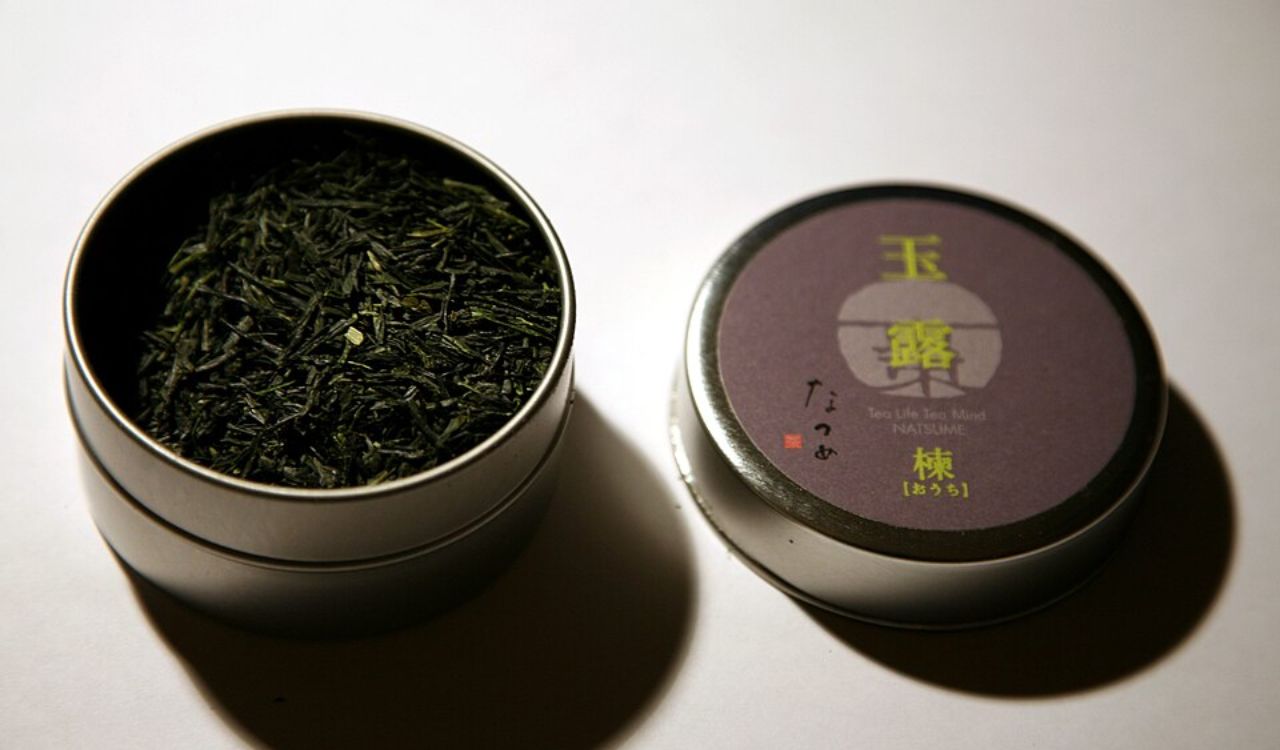
Gyokuro, translated as “jade dew,” is among Japan’s most prized green teas. Grown under shade for several weeks before harvest, the leaves develop high chlorophyll content, giving the tea a vibrant green color and rich umami taste. The process requires precise timing and manual care to prevent oxidation. The result is a silky, full-bodied cup with oceanic and sweet notes. Top-tier Gyokuro can reach $400 to $600 per pound, depending on the region and producer. Its meticulous cultivation and luxurious flavor profile have made it a staple of Japanese tea ceremonies.
4. Yellow Gold Tea Buds (Singapore)
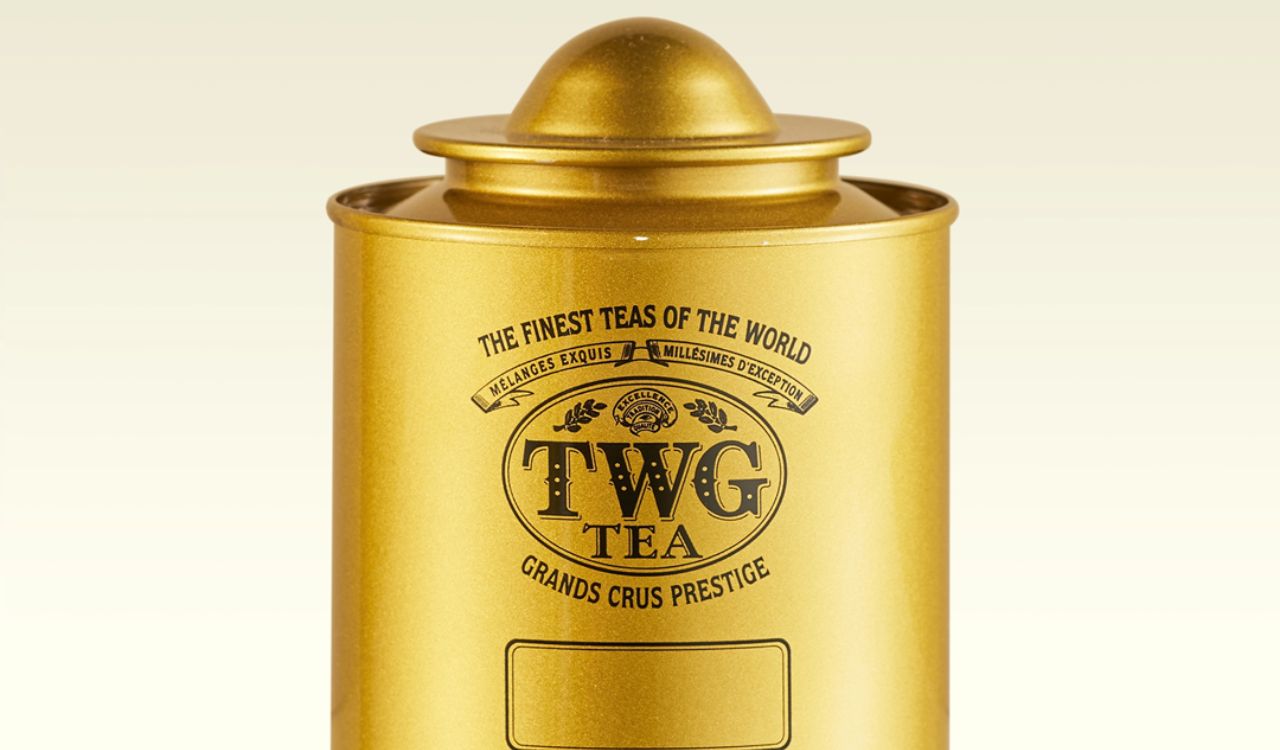
Yellow Gold Tea Buds are one of the rarest and most exclusive teas on the market. Harvested once a year in Singapore, the young tea buds are carefully hand-painted with 24-karat gold. The tea is said to be sourced from a secret mountain garden and is sold only through select retailers by invitation. Each tin can cost over $1,500. Beyond the novelty of the gold, the tea itself has a smooth, honey-like flavor with subtle floral undertones. It represents a fusion of ancient craftsmanship and modern luxury, making it a collector’s favorite.
5. Pu’er Tea (China)
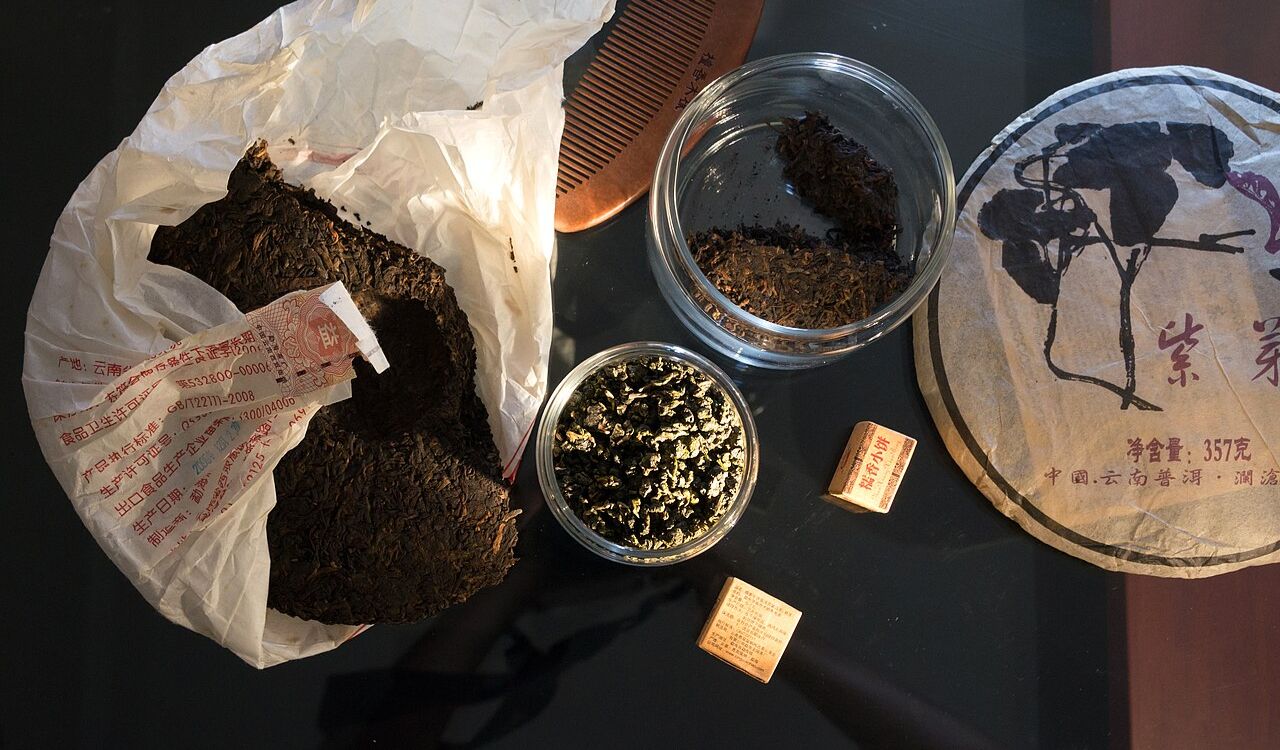
Pu’er tea from Yunnan province is a fermented tea that improves in flavor and value as it ages. True Pu’er is made from large-leaf Camellia sinensis plants and is pressed into cakes or bricks for long-term storage. The fermentation process develops its earthy, mellow taste, often compared to fine wine. Vintage Pu’er teas, especially those from the famous Menghai or Xiaguan factories, have sold for tens of thousands of dollars at auction. The oldest and most well-preserved examples are prized for their smooth texture, rich aroma, and collectible value.
6. Silver Tips Imperial Tea (India)
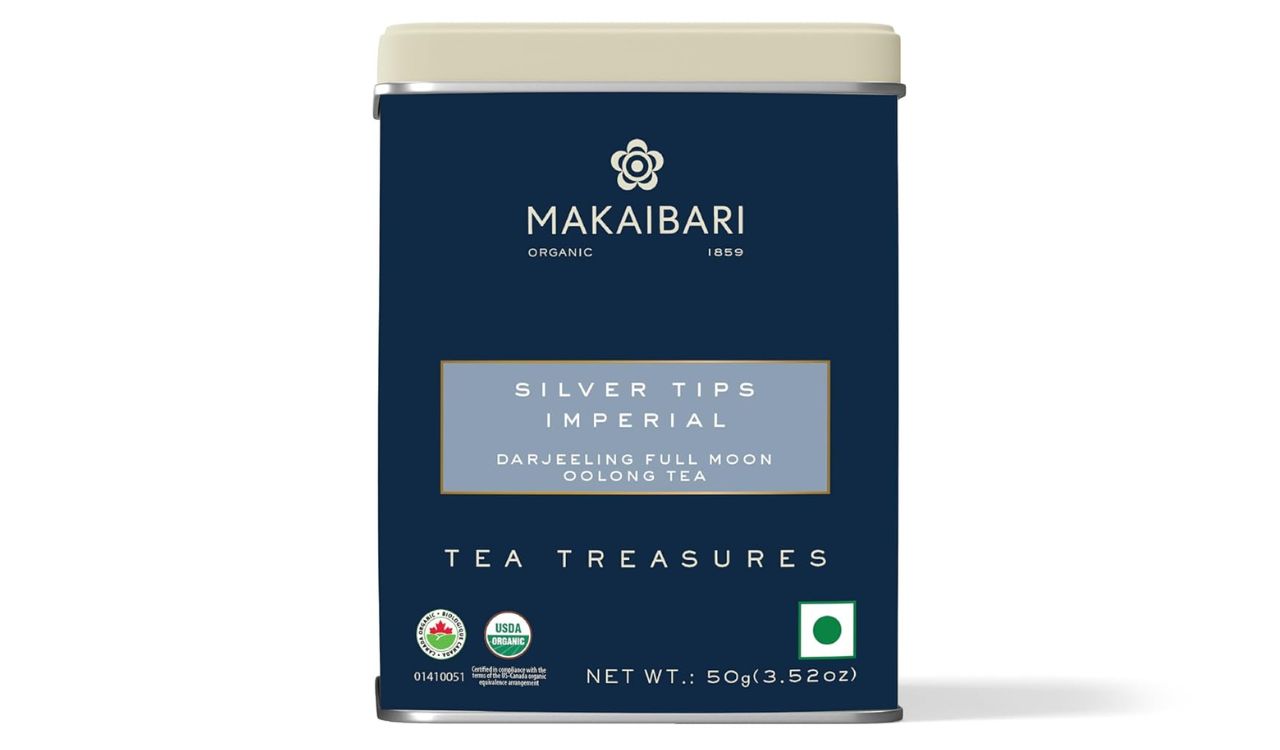
Silver Tips Imperial is a rare white tea from the Makaibari Estate in Darjeeling, India. The leaves are hand-plucked only on full-moon nights during peak season, following an ancient lunar harvest tradition believed to enhance flavor and aroma. The tea’s delicate buds are covered in silvery hairs, giving it a light color and floral fragrance. With production limited to a few kilograms each year, it often sells for $400 to $700 per pound. Known for its subtle sweetness and calming qualities, it embodies the spiritual elegance of fine Darjeeling teas.
7. Narcissus Wuyi Oolong (China)
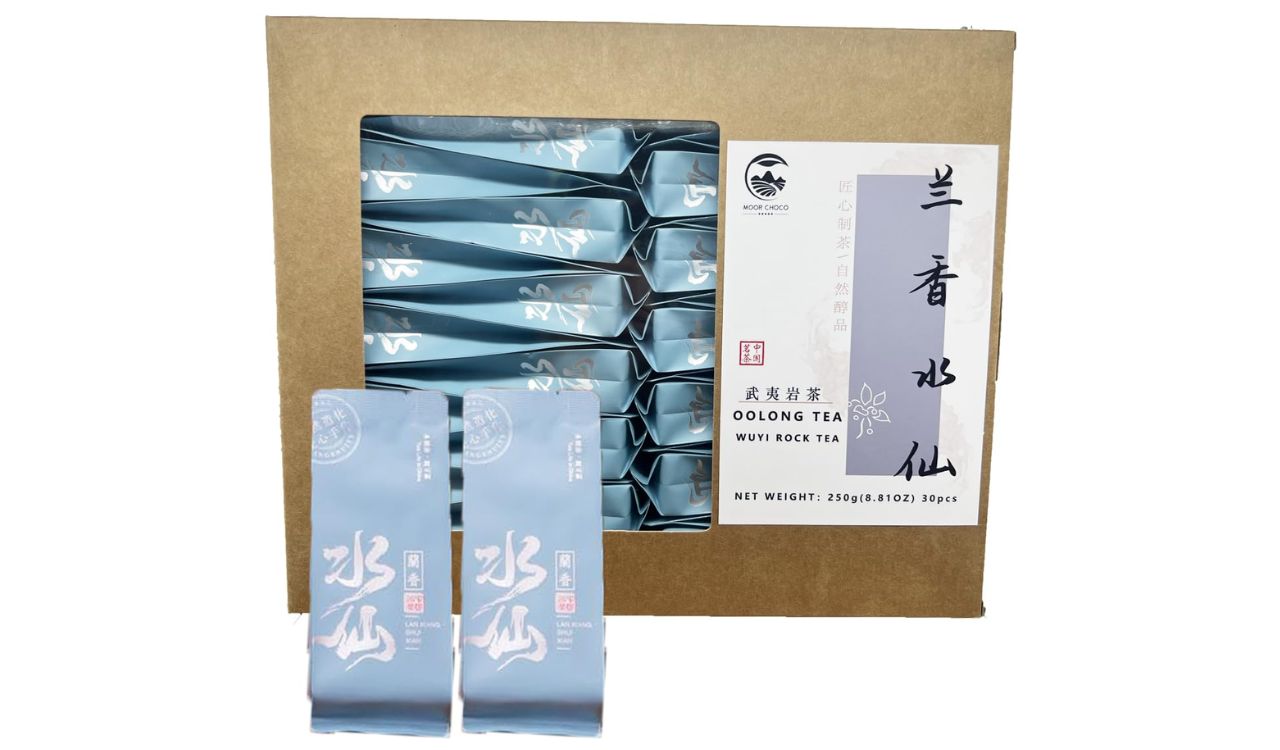
Also known as Shui Xian, Narcissus is a traditional oolong from the Wuyi Mountains in Fujian province. Its flavor is rich and roasted, with notes of caramel, orchid, and wood smoke. The best versions are carefully aged and roasted over charcoal in multiple stages, resulting in a tea that deepens in complexity over time. Vintage batches aged for decades can fetch thousands per kilogram. Its name, meaning “water fairy,” reflects its floral essence and long-standing place in Chinese tea culture, especially among collectors of aged oolong varieties.
8. Dragon Well (Longjing) Tea (China)
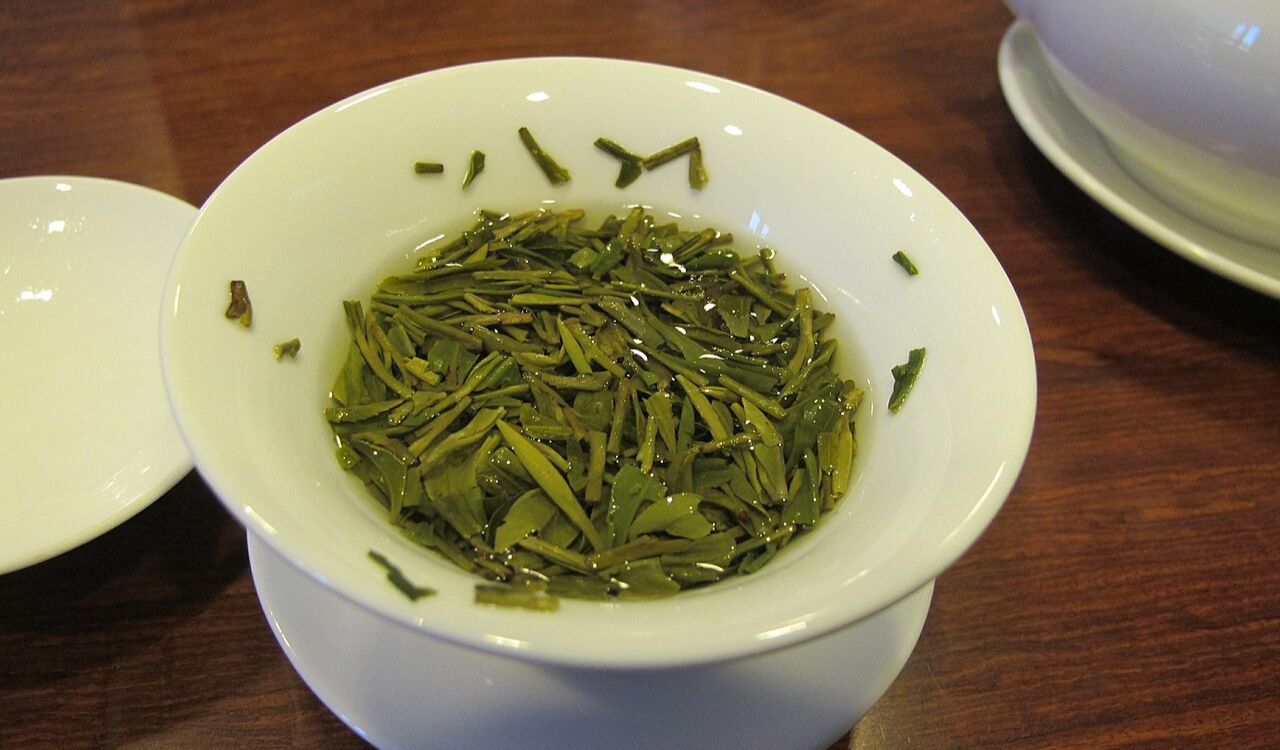
Dragon Well, or Longjing, is perhaps the most famous of China’s green teas. Produced near West Lake in Hangzhou, it is known for its flat, hand-pressed leaves and refreshing chestnut flavor. The highest quality leaves are harvested in early spring before the Qingming Festival, when the buds are most tender. Premium Dragon Well tea can cost over $500 per pound. The tea’s history dates back to the Tang dynasty, and it remains a symbol of elegance and craftsmanship, favored by Chinese scholars and emperors alike.
9. Bai Hao Oolong (Oriental Beauty) (Taiwan)
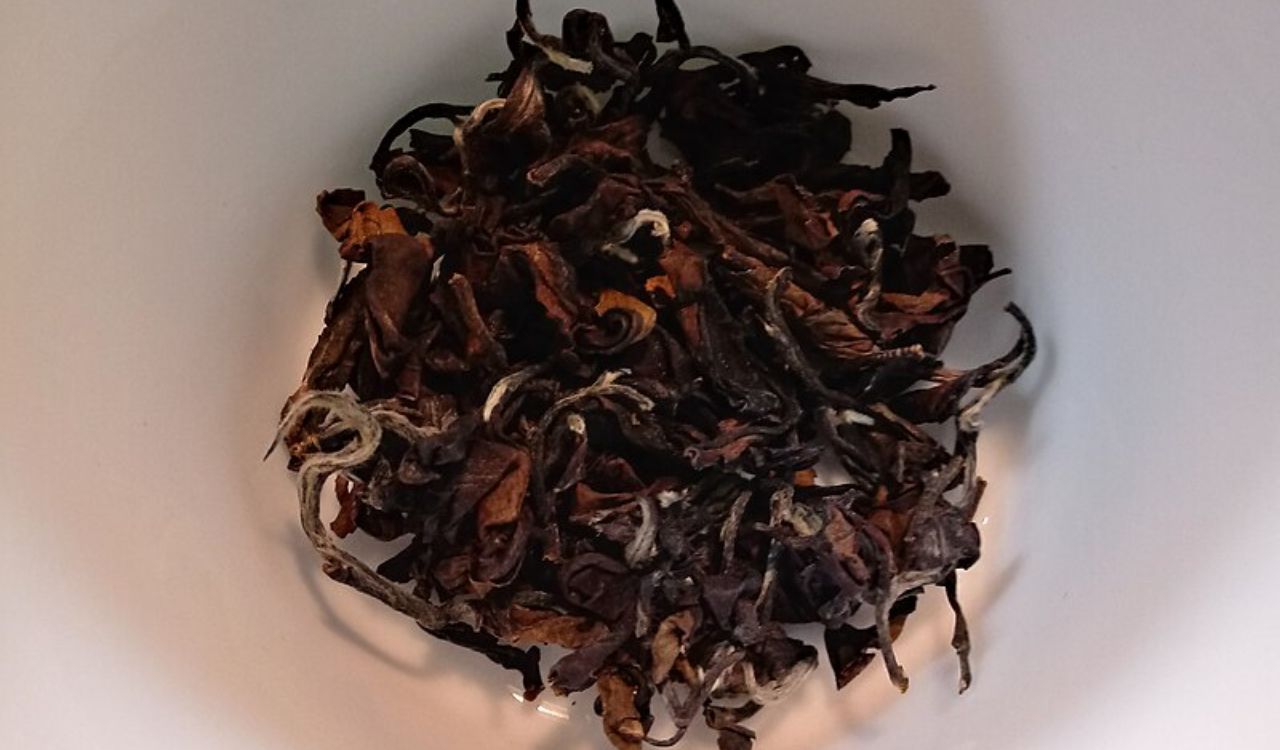
Bai Hao Oolong, known internationally as Oriental Beauty, is a semi-oxidized tea grown in Taiwan’s humid northern regions. Its signature honeyed flavor comes from a natural interaction with leafhoppers that bite the tea leaves before harvest, triggering a mild oxidation process while the leaves are still on the plant. This gives the tea its complex floral and fruity aroma. Authentic top-grade Bai Hao Oolong can cost over $600 per pound due to its labor-intensive production and small harvests. It is one of Taiwan’s proudest tea exports.
10. Junshan Yinzhen (China)
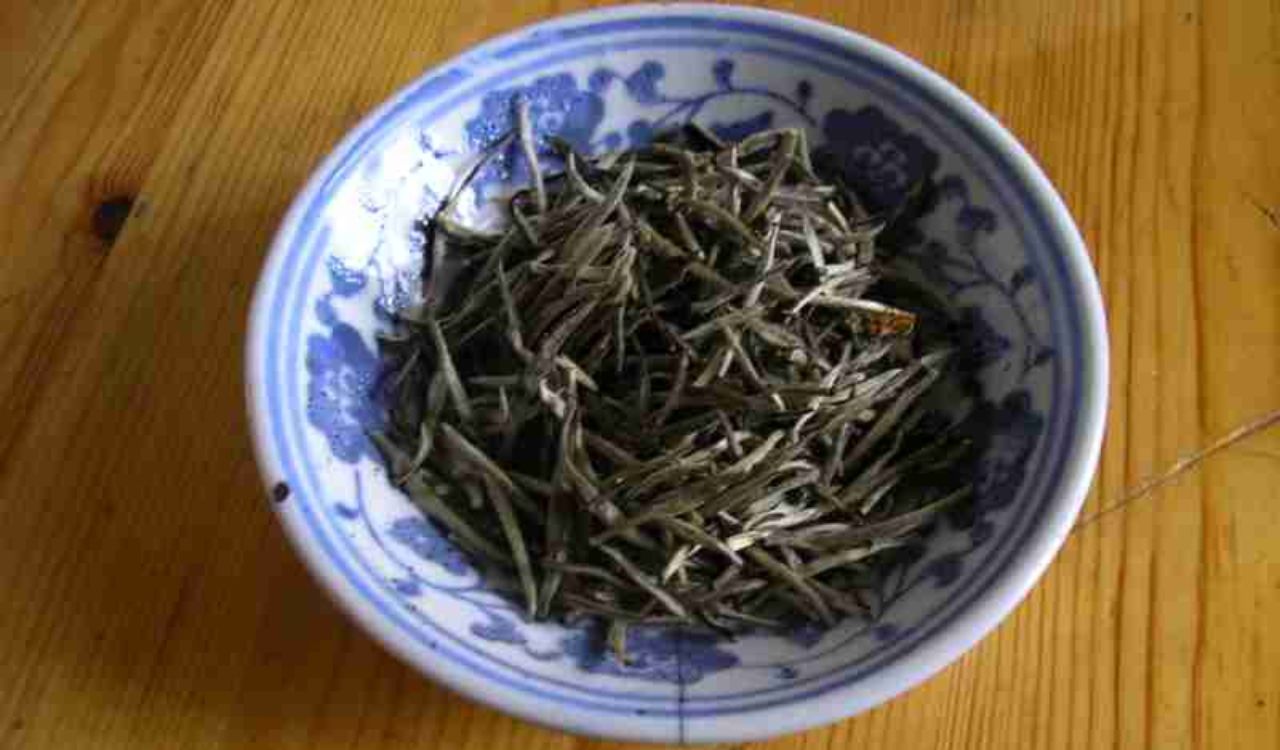
Junshan Yinzhen, or “Silver Needle of Mount Jun,” is an exquisite yellow tea produced in Hunan province. It was once reserved exclusively for Chinese emperors. The tea is made from tender young buds that undergo a unique process of slight oxidation and drying, resulting in a soft golden liquor with notes of apricot and hay. Authentic Junshan Yinzhen is incredibly rare, with limited production from Mount Jun itself. High-grade varieties can reach prices over $1,000 per kilogram due to their historical prestige and meticulous craftsmanship.


